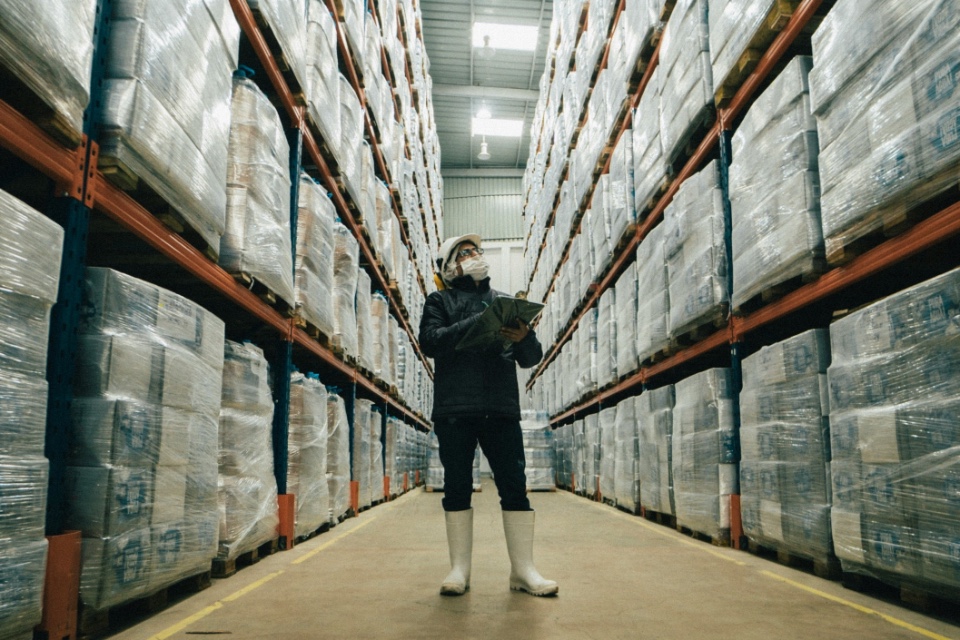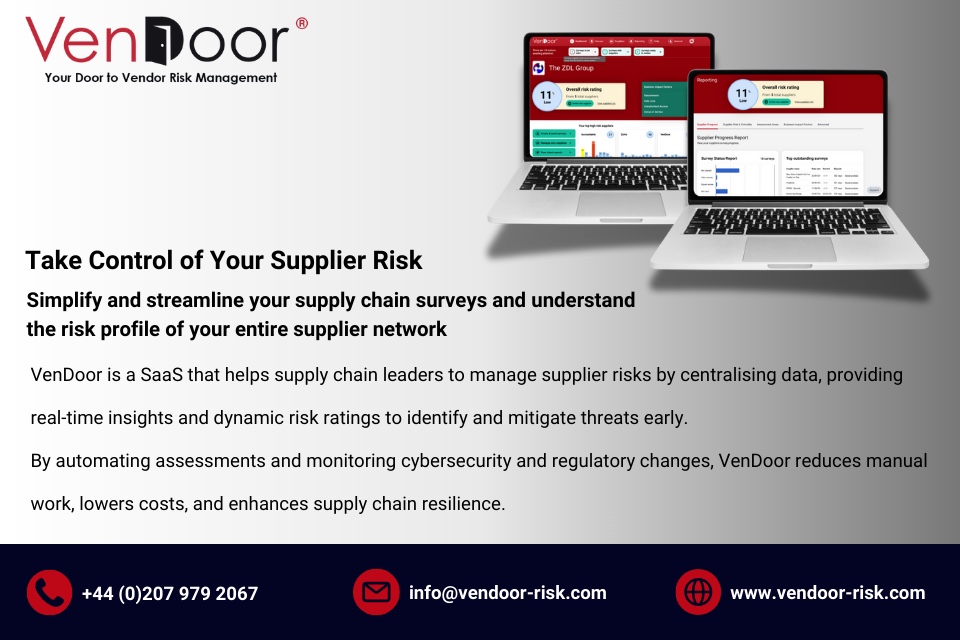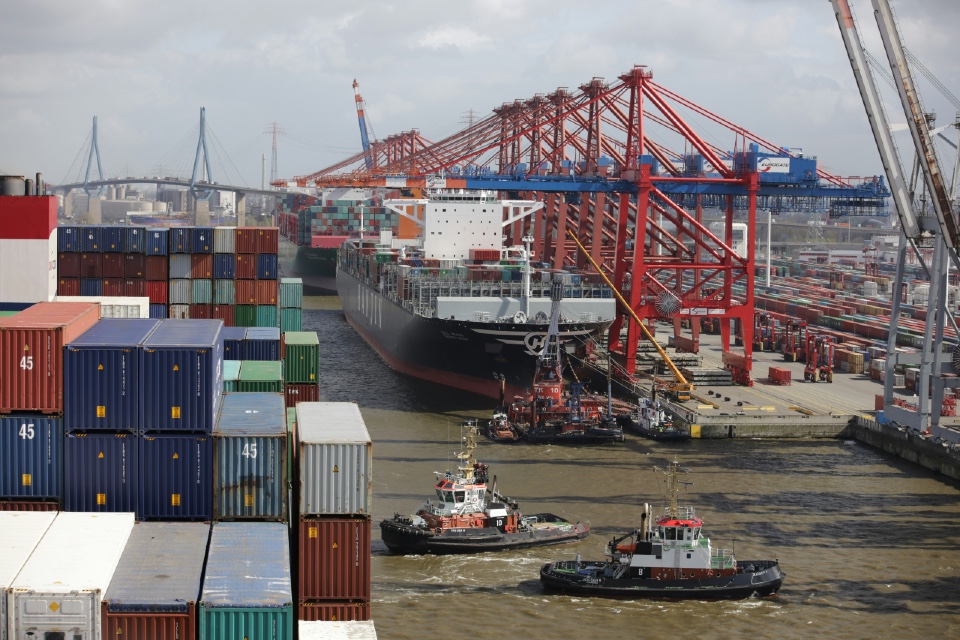Companies face up to $120 billion in costs from environmental risks in their supply chains by 2026, according to new research released today by CDP.
The report, Transparency to Transformation: A Chain Reaction, analyses data from 8,000+ supplier companies disclosing to their corporate customers via CDP in 2020 and finds a combined $120 billion of increased costs among those companies alone within the next five years from environmental risks.
The sectors that report the most potential cost increase are manufacturing (US$64 billion), food, beverage & agriculture (US$17 billion), and power generation (US$11 billion).
Due to most supply chains running on very tight profit margins, increased costs are expected to be passed up the chain in a domino effect to their buyers. In turn, these companies are likely to pass the cost onto consumers.
Sonya Bhonsle, Global Head of Value Chains at CDP, said: “With US$120 billion at stake, addressing environmental risks through supply chain engagement is vital for companies to be competitive and resilient in the changing market. Leading companies that address these risks will benefit from lower costs and better reputations. This gives them a more competitive edge today and helps them become more resilient for the economy of tomorrow. Meanwhile, laggard companies risk being left behind. As the climate and ecological crisis worsens and the economy shifts, it’s essential for both business and society that we have a Green Recovery from COVID-19 and build back better. Smart business procurement is key to that transition.”
The environmental risks causing cost increases stem from climate change, deforestation and water-related impacts. These cover physical impacts, for example increased severity and frequency of cyclones and floods, increased cost of raw materials; and regulatory and market changes as the world addresses environmental crises, such as carbon pricing and increased spending on product innovation due to changing customer demands.
Corporate buyers could be impacted by this looming cost increase. To address this risk, increasingly buyers are demanding transparency and action from their suppliers to tackle environmental impacts in their supply chains. These include 150+ major buyers with over US$4.3 trillion in purchasing spend, such as Google, L’Oréal, Walmart, Braskem and Toyota. As CDP supply chain members, they request thousands of their key suppliers to disclose their environmental data through CDP each year and use this data in their procurement decisions and supplier engagement.
Other key findings from the report include:
- Supply chain GHG emissions are 11.4 times as high as operational emissions on average. This is over twice as high as previous estimates, due to more comprehensive emissions data.
- The ratio varies drastically by sector: E.g., in retail, supply chain emissions are 28 times as high as operational emissions.
- The number of supplier companies disclosing data has increased from almost 7,000 to over 8,000 in 2020, despite the disruption from COVID-19 (a 16% increase)
- Suppliers undertook activities that cut emissions by 619 million metric tons of C02e in the last year and saved US$33.7 billionin the process. This is equivalent to emissions from 159 coal power plants running for a year [1].
- However, climate action is not yet cascading through the supply chain as needed: only 37% of suppliers are engaging their own suppliers to cut emissions.
The demand from big corporate buyers for their suppliers to be transparent on environmental impacts and take action to address them is growing, despite the pressures from COVID-19. In 2020, the number of buyers requesting disclosure through CDP’s system grew by 24% and they collectively requested data from 15,600+ suppliers, a 19% increase on the last year. In part this increase in market demand has been driven by the large companies increasingly setting science-based targets, which usually require them to cut their supply chain (Scope 3) emissions. Achieving their targets depends on engaging their suppliers.







